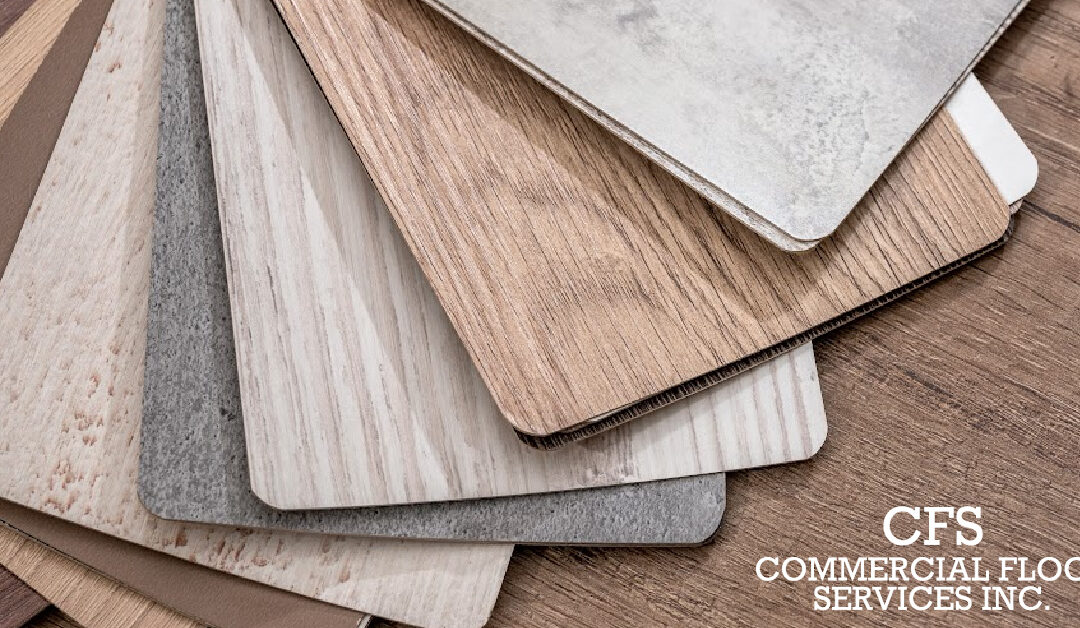Choosing a floor for your home is far more complicated than just finding the best-looking product. Whether you’re choosing flooring for several rooms or just one, knowing what you want and desire is critical. Several factors must be considered before beginning, including temperature, installation, maintenance, floor placement, and so much more. No matter what your aesthetic or style is, you can discover flooring that complements your home. Here is a step-by-step guide to choosing the best flooring option for you.
Temperature
Where Are Your Installing Floors?
Pet and Children Friendly
Square Footage and Budget
Installation
Maintenance
Temperature
Depending on where you live, weather conditions might significantly influence the flooring type you select. Concrete, ceramic, porcelain, or vinyl tile would be perfect if you live in a high-moisture region. Tile is extremely water-resistant, making it excellent for humid environments. Porcelain tile flooring is extremely water-resistant and long-lasting. The foundation underlying the majority of concrete is naturally damp. This implies that the concrete has been used to the elements and will eventually dry out. If humidity and temperature are not important considerations, all other floor kinds can be investigated and implemented.
Where Are You Installing Floors
The location of the flooring has a big influence on what you choose. Many individuals ponder long and hard before deciding on a certain style of flooring for one area over another. Different floor plans will be required for different rooms around the house. Some rooms may have hundreds of people go through them, while others may only have a few people walk through them. Carpets may be placed in bedrooms or living areas to make them more comfortable and safe. Basements may benefit from concrete flooring to reduce moisture and bacteria buildup. Many floor kinds can be damaged or destroyed under different circumstances, so consider twice before purchasing.
Pet and Children Friendly
If you have dogs or kids that are always running about, you will want to pick a floor that is both robust and wear-resistant. Some flooring alternatives may give off a durable and reliable impression, yet they are quite vulnerable to harm. Some types of flooring, such as tile, laminate, plank vinyl, and even carpet, are quite durable. It would be more expensive to repair a shredded or damaged piece of flooring than to begin with a more expensive or suitable floor. Dogs may leave scratch marks on the floor, and children can damage it with their shoes and accidents. To reduce the possibilities, choose tougher materials.
Square Footage and Budget
Understanding and using your money correctly is one of the most important things you can do in any home renovation job. The majority of your budget will be determined by how much you are willing to pay per square foot of material. Depending on where you land on the pricing scale, you will find a variety of options. Laminate flooring is an excellent place to start for homeowners who do not want to spend a lot of money. Although it is not hardwood, it has a wood-like look that many people can’t tell apart. Sheet and tile resilient flooring are also great inexpensive options. Materials in the mid-price category, such as stone, more expensive laminates, and vinyl tiles, are regarded as more durable and of higher quality. Increasing your pricing range allows you to experiment with a wider selection of materials, particularly those imported from other countries. Imported hardwood flooring, engineered wood flooring, premium laminate flooring, and luxury vinyl flooring are more expensive but higher quality.
Installation
Choosing who will install the flooring in your house is an important decision. Although laying your own floor would considerably reduce the cost, making a mistake on such a project can result in major hassles and damage. Make certain you understand each flooring option and which ones are the easiest to install on your own. Typically, laminate and plank vinyl flooring are the easiest floors for homeowners to install without the assistance of a professional. These materials are widely accessible; they are floating floors, which means they link to each other rather than the sub-floor. Ceramic or porcelain tile installation is not as obvious as the other two, but it is possible. Other floor alternatives, like carpet and hardwood, are more difficult to install and need the assistance of a professional or a licensed contractor. To ensure the greatest outcomes, contact us right away if you have any further questions or concerns.
Maintenance
Be realistic if you know you are not the kind to tidy around the house and keep the floors in pristine conditions. Otherwise, several floors will have to be rebuilt or removed entirely. Low-maintenance flooring such as vinyl, tile, sheet, or plank is ideal for resilient flooring. Laminate wood comes close, but it does need some extra care to keep it in good condition. They provide excellent assistance to homes and families with small children or pets. Hardwood flooring is elegant, but it shows every bit of wear and tear it has through. It requires effort to maintain hardwood sturdy and in good condition.
While all of this is good to keep in mind, an expert opinion is always helpful. Contact Commercial Flooring Services today to see what type of flooring would suit your home best.

